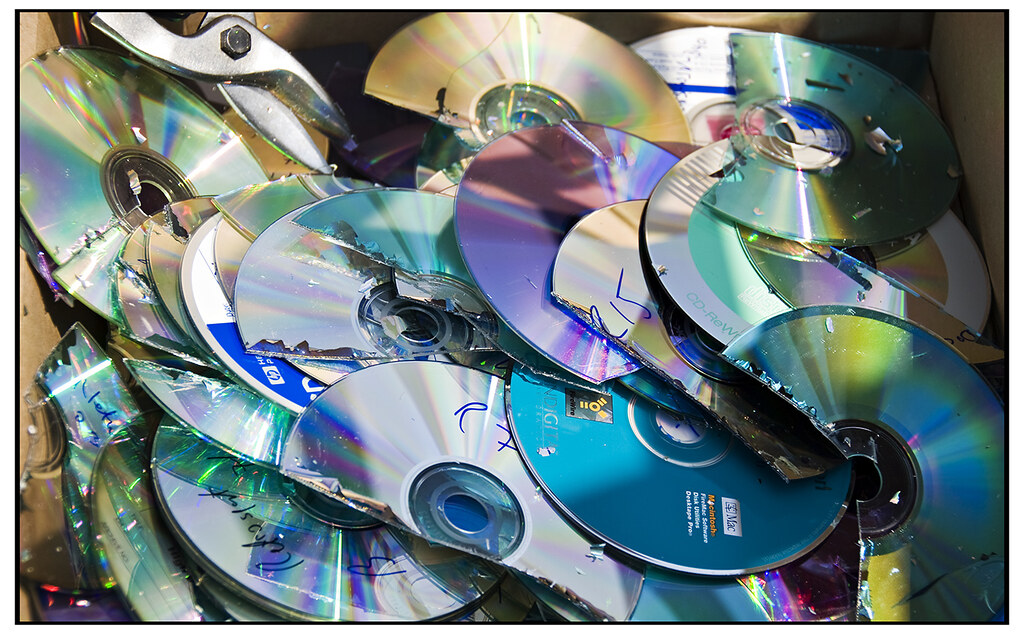Tag: text
-

Read the Introduction Chapter
“The principal disadvantage of symbols is that we confuse them withreality,” as writer Alan Watts observes. One can easily get lost in the worldof digital media, making it difficult to imagine information that is not sym-bolically encoded in words, pixels, or bytes. And yet the material origins andmanifestations of data matter. Without considering them, a…
-

Shapes and Frictions of Synthetic Data
New paper in Big Data & Society (open access) examining the phenomenon of synthetic data, theorizing it as non-representational data with autographic aspects. Link to the paper Presentation at LCAU symposium, summarizing the main points. Synthetic data are computer-generated data that mimic and substitute empirical observations without directly corresponding to real-world phenomena. Widely used in…
-

Wasting to Slow Time – the Materiality of Informational Waste
This chapter examines the concept of informational waste by tracing its relationships with energy, value, and time. The concept of data exhaust is often used as a metaphor for datasets that have outlived their original role and are subsequently used for the secondary purposes of analytics and surveillance. In this chapter, the concept is taken literally by…
-

Autographic explorations of touch perception
In this series of studies, together with Bernice Rogowitz and Laura Perovich, we explored a novel autographic method for recording touch interactions on the surface of objects. This allowed us to study how people use their sense of touch to gain information about objects and solve cognitive tasks related to them. This research is relevant…
-

The Planet as a Photographic Plate
Comissioned by Lukáš Likavčan, curator of “Earthlings“, the 11th edition of Fotograf Festival in Prague in 2021. Originally published in Fotograf Magazine 20 (40): 66–71. [pdf here] Abstract: Climate change research depends on a vast array of material data sources, yet in its public discourse, we find generic data visualizations detached from sensory experience. To bridge the…
-

What do we talk about when we talk about data physicality?
Best Paper Award IEEE CG&A Published in IEEE Computer Graphics & Applications journal special issue on data physicalization Preprint Abstract: Data physicalizations “map data to physical form,” yet many canonical examples are not based on data sets. To address this contradiction, I argue that the practice of physicalization forces us to rethink traditional notions of data. This…
-

Public evidence — autographic visualizations of contagion
A short blogpost written during the pandemic. Like any complex matter of public concern, the discourse around the COVID pandemic relies heavily on visual information. Over the past months, many iconic visualizations have emerged in the popular discussion. National newspapers explain the interpretation of logarithmic scales and weigh the pros and cons of absolute and…
-

Data by Proxy – Material Traces as Autographic Visualizations
Summary of my 2019 paper at IEEE VIS 2019, originally written for Multiple Views: Visualization Research Explained. Following Introduction Data visualization has a seemingly trivial limitation: it can only begin once data exist. Once data exist, however, the material processes and conditions of their collection tend to be forgotten. Many public controversies — about the nature of…
-

Indexical Visualization
The starting point of this project, a collaboration with Orkan Telhan. Published 2015 In Ubiquitous Computing, Complexity and Culture, edited by Ulrik Ekman, Jay David Bolter, Lily Diaz, Morten Søndergaard, and Maria Engberg, 288–303. New York: Routledge Indexical Visualization – the data-less information display Read the chapter Contemporary cultures of ubiquitous computing have given rise…







